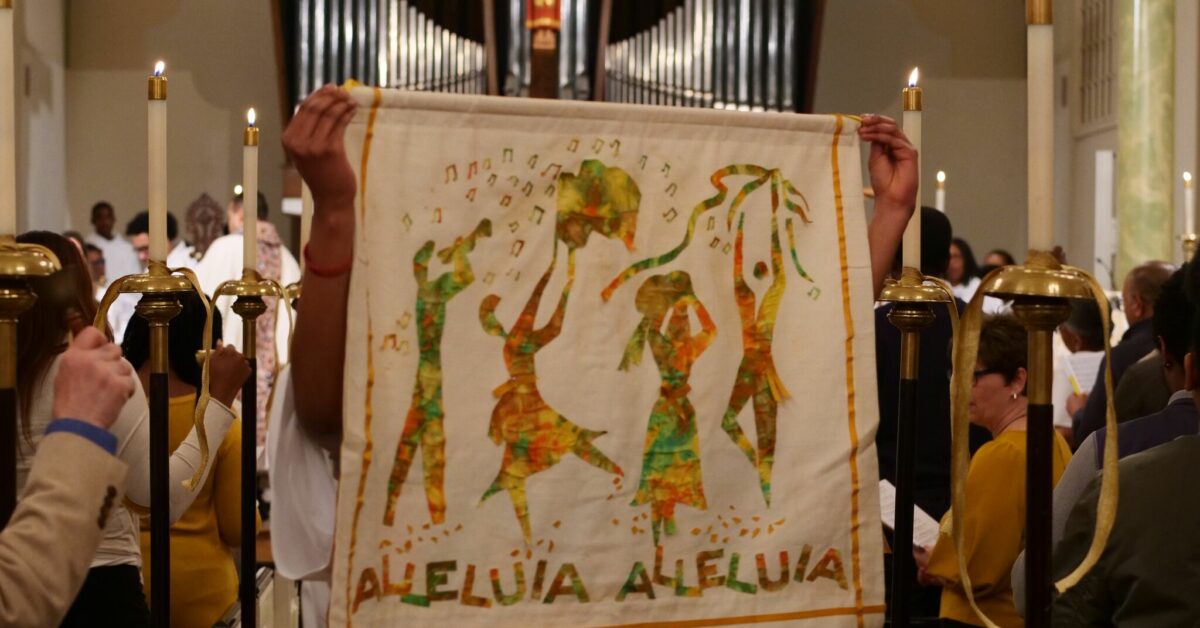Apostolic Genius for Making Disciples
This week we begin an ongoing series focused on disciple making. I don’t think there is any question that the primary goal of the catechumenate is making and forming lifelong disciples of the Lord Jesus Christ. Disciples are those who believe in the God and Father of Christ Jesus, who trust that he has come to bring God’s rule and reign and renew the whole creation, and whose lives reflect Jesus’ reign through his death and resurrection. The catechumenate aims to shape discipleship under those fundamental parameters.
Throughout the coming weeks, we’ll explore that aim and the intersection between the catechumenate and discipleship. One of the ways we have found helpful for assessing that intersection is through Alan Hirsch’s now classic missional book, The Forgotten Ways. Hirsch, the founder of 100Movements and an experienced mission leader, educator and church planter, wrote The Forgotten Ways (Grand Rapids: Brazos Press, 2006) as a descriptive analysis of the missional impulse in the early church, throughout church history, and in vibrant missional and church planting churches, organizations, and groups in the modern era. Hirsch also aims to be prescriptive, to advance those missional characteristics that he finds in missional-activated churches into churches that have lost their way. As the introduction to the book states, “I am committed to the idea of translating best practices in mission developed over the last century in the two-thirds world into that of the first world. This has aptly been called the missions-to-the-first-world approach” (22). While one might contest the prescriptive force of Hirsch’s aim—without denying that there is much to be learned here—we have found that his description of the characteristics of churches who possess a vibrant missional impulse is decidedly true of the congregations we researched that have vibrant catechumenates. We don’t think the link is accidental.
What I will attempt to do this week is describe what is at the heart of missional movements from Hirsch’s assessments of those movements. The living missional impulse he calls Apostolic Genius. He defines it as: “the primal missional potencies of the gospel and of God’s people” that “lies dormant in you, me, and every local church that seeks to follow Jesus faithfully in any time” (22). Elsewhere he says, “Apostolic Genius” is “the built-in life force and guiding mechanism of God’s people and the living components or elements that make it up. These components I have tagged missional DNA, or mDNA, for short” (18). The elements of mDNA that he identifies are: disciple-making; missional-incarnational impulse; apostolic environment; organic systems; Communitas, not community. We’ll examine these in subsequent posts. The key here is that Apostolic Genius (characterized by mDNA) is embedded in the church’s life. As Hirsch says, it “is coded into each and every community through latent mDNA; only for most of us it lies buried and forgotten” (78). In the congregations whose catechumenates we researched, Apostolic Genius has been re-awakened or sustained by their catechumenates. Their catechumenates have renewed them to be “a community of God’s people that defines itself, and organizes its life around, its real purpose of being an agent of God’s mission to the world…the mission of God flows directly through every believer and every community of faith that adheres to Jesus” (82). Apostolic Genius is the church living out its identity as God’s mission to the world. And an active, purposeful catechumenate forms that Apostolic Genius in the people of God.
